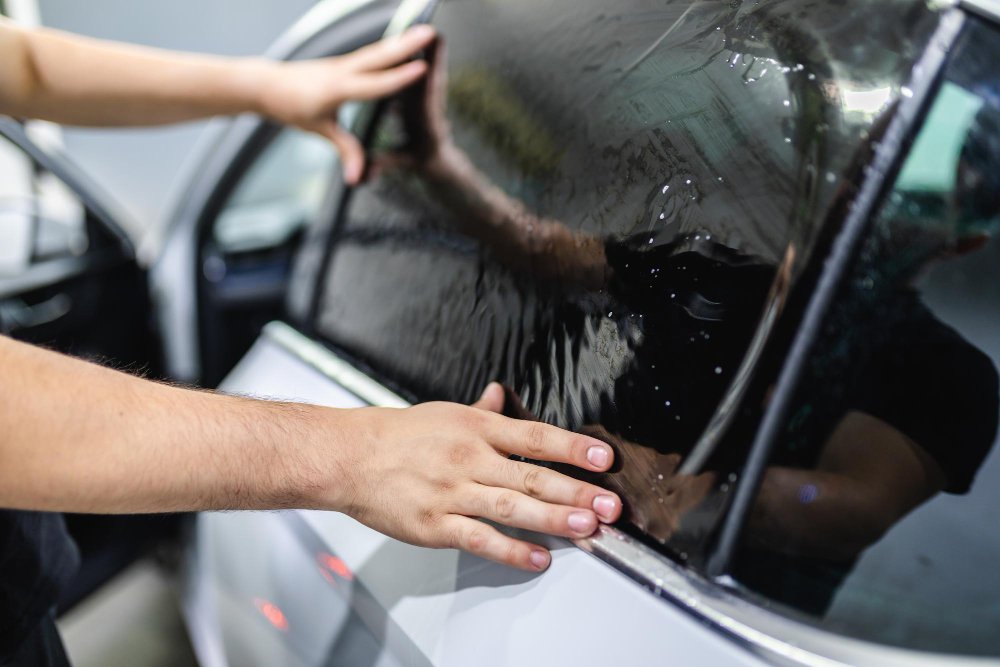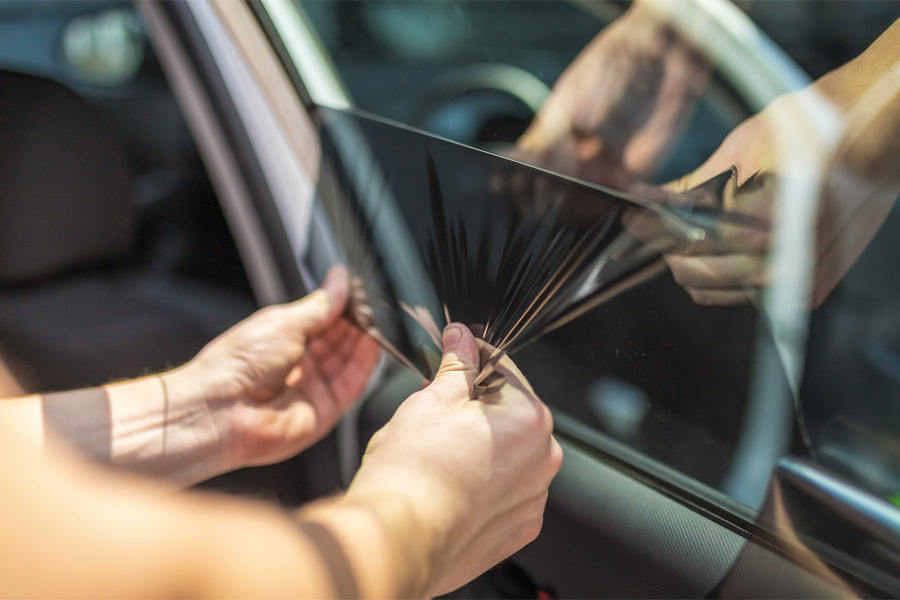Top Reasons to Select Specialist Auto Window Tinting Providers
Top Reasons to Select Specialist Auto Window Tinting Providers
Blog Article
Window Tinting Regulations and Guidelines: What You Required to Know Before Tinting Your Vehicle
Before proceeding with window tinting for your lorry, it is essential to acquaint on your own with the diverse regulations and guidelines that control this method across different states. These policies dictate the allowable levels of color darkness, typically measured by noticeable light transmission (VLT) percentages, and include details terms for front windscreens intended at making sure road safety and security.
Overview of Home Window Tinting Rules
Home window tinting legislations are regularly subject to variant throughout various territories, showing regional guidelines and security factors to consider. These regulations determine the allowable degrees of color darkness and reflectiveness on vehicle windows, ensuring that motorists keep adequate visibility while additionally shielding against damaging UV rays and warm.
Most laws classify home window tinting based on the Visible Light Transmission (VLT) percent, which shows the quantity of light that can pass with the window. Usually, lower VLT percents symbolize darker colors. Regulations commonly differentiate in between the front, side, and rear windows, with more stringent constraints put on the front windshield to boost security for both the vehicle driver and various other roadway users.
Compliance with window tinting guidelines is essential, as offenses can result in fines, mandatory removal of the tint, and prospective boosts in insurance policy costs. It is necessary for lorry proprietors to acquaint themselves with regional laws before proceeding with window tinting setups.
State-by-State Color Rules
Recognizing the particular window tinting laws in each state is vital for lorry owners looking for to follow the law. Each state in the united state has developed its own set of regulations regulating home window tinting, which can vary substantially. These guidelines typically determine the permitted levels of tint darkness, the types of windows that can be tinted, and any medical exceptions that might apply.
For circumstances, states like California have rigid limitations on tint darkness for front windows, while others, such as New Mexico, might permit darker colors. Furthermore, specific states mandate details visibility percents for different home windows, including the windshield, front side windows, and rear home windows. It is essential for car owners to familiarize themselves with their state's laws to avoid possible penalties or charges.
Moreover, some states may require a certification sticker label to be positioned on tinted windows, showing compliance with state regulations. Failing to stick to these regulations not only risks legal repercussions but can likewise affect security and visibility while driving. Car proprietors ought to perform detailed study or get in touch with regional authorities to ensure complete understanding and compliance with state-by-state tint guidelines.
Allowed Color Kinds and levels
Many vehicle owners might be surprised to learn that permitted tint degrees and kinds differ widely across different states. Each state has developed its very own guidelines regarding the permitted darkness and reflectivity of window tint, frequently measured by Visible Light Transmission (VLT) portions. VLT describes the amount of light that can travel through the tinted home windows; therefore, a lower percent shows a darker tint.

Additionally, the sorts of tint materials permitted can differ, with some states restricting mirror-like or metallic coatings. It is essential for automobile owners to acquaint themselves with their state's particular regulations to make sure compliance. Non-compliance can result in penalties, obligatory removal of the color, or other legal effects, making it critical to understand these laws prior to waging setup.
Medical Exemptions for Tinting
While not all states offer allocations for clinical exemptions pertaining to home window tinting, those that do identify the need for specific people to boost presence and convenience as a result of medical problems. Various medical conditions, such as lupus, skin cancer, and certain eye disorders, can make individuals especially sensitive to sunshine. As a result, these individuals may require darker tints to shield themselves from unsafe UV rays and glare.

It is essential to note that despite a clinical exemption, there may still be limitations on the level of tint enabled. Conformity with state legislations makes sure that individuals are both safeguarded and within lawful restrictions. Those considering clinical exemptions should contact their neighborhood Division of Electric motor Cars or comparable authority to recognize the requirements and procedures needed to obtain an exemption effectively.
Charges for Non-Compliance
Falling short to follow home window tinting laws can cause considerable charges, which differ by state. Regulation enforcement companies are empowered to release citations for automobiles that do not abide by the specified tinting regulations. These charges commonly consist of penalties, which can range from modest total up to several hundred dollars, depending on the intensity of find more info the offense and the state in inquiry.
In some jurisdictions, duplicated offenses may result in intensifying fines or additional penalties, such as necessary court appearances. Additionally, non-compliance may necessitate the removal of prohibited tinting, typically at the owner's expense. In severe cases, habitual culprits may deal with suspension of their lorry registration until compliance is attained.
Furthermore, insurance effects might develop from receiving multiple citations for window color offenses. Insurance firms may watch such infractions as an indicator of riskier habits, potentially bring about raised costs or problem in protection.
To stay clear of these penalties, it is crucial for automobile owners to familiarize themselves with their regional window tinting regulations and make certain that their lorry complies (Window Tinting). This aggressive strategy not just prevents lawful ramifications yet likewise promotes roadway security
Conclusion

A lot of laws classify home window tinting based on the Visible Light Transmission (VLT) percent, which suggests the quantity of light that can pass through the home window. Compliance with home window tinting regulations is important, as violations can result in penalties, required removal of the color, and potential increases in insurance premiums.Understanding the particular window tinting regulations in each state is crucial for car owners looking for to comply with the legislation. These guidelines typically determine the allowable levels of tint darkness, the kinds of home windows that can be tinted, and any kind of clinical exceptions that may use.
For circumstances, states like The golden state have rigid constraints on tint darkness for front windows, while others, such as New Mexico, might allow darker tints.
Report this page